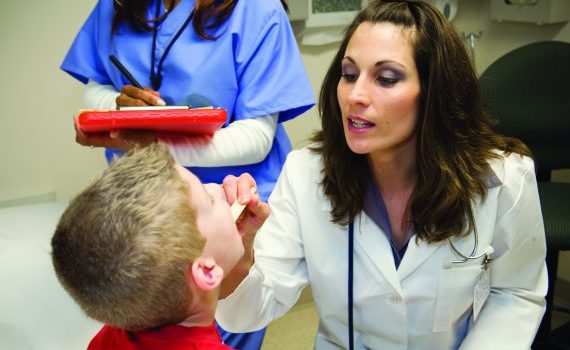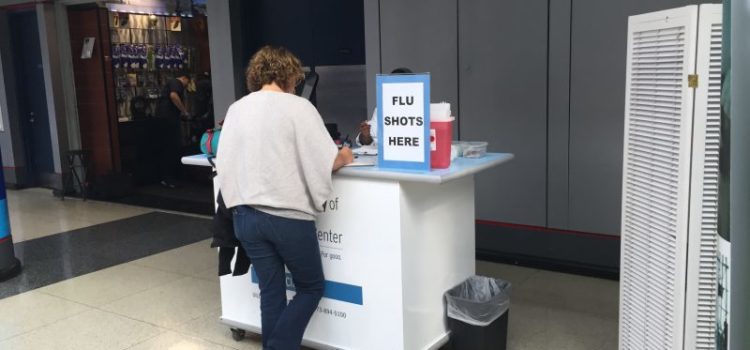Influenza sits alone as the only infectious disease among the top 10 causes of death in the United States, proving more work needs to be done to ensure everyone who needs a flu shot gets one. Urgent care is ideally suited to saving lives through prevention in this area, being an increasingly popular destination for people without a “medical home” and among newly insured patients. Influenza and pneumonia are listed as the seventh leading causes …
Urgent Care Can Influence the Top 10 Causes of Death in the U.S.









